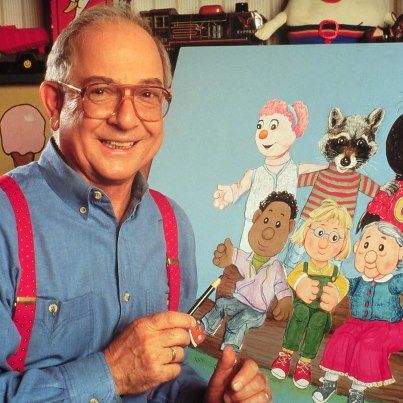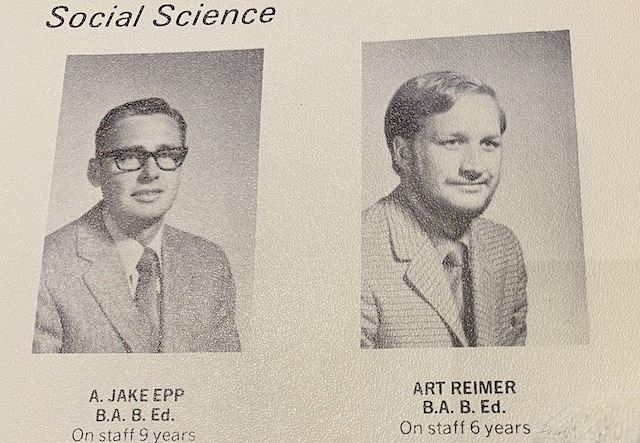What Does Mother Do? That was the title of an article I wrote for The Daughters of Sarah, a Christian feminist magazine in 1988.
The editors asked seven-year old Bridget Bernardi of Bloomington, Illinois to illustrate the piece.
Since I first posted it here on my blog in 2012 it has been read more than 30,000 times.
The week before Mother’s Day, in my second-grade classroom, I had asked the children to write a story about something important their mothers did. “Try to think”, I said, “of one of the most important things your mother does.”
The stories seemed easy to write, and within ten minutes or so my desktop was covered with literary efforts. That evening after supper I began to read the stories.
“My mother cooks….. My mother makes the beds….. My mother vacuums…… My mother washes dishes….. My mother does the laundry….. My mom makes my lunch……My mom looks after our baby….. My mother cleans up.”
The next morning I sat down with the children on the rug at the front of our classroom.
“I realize,” I said to my students,” that all these things you have written about are things you see your mother do all the time. You like it very much that she does these things for your family.
But I want you to write your stories again and this time I want you to think of something your mother does that has nothing to do with housework. Think of something really special your mother can do that maybe no one else’s mom can do.”
The children returned to their seats. My new assignment didn’t seem as easy as the first. Pencils gripped tightly in sweaty little hands moved almost painstakingly across the page. Tongues were sticking out and perspiration glistened on some brows.
By the end of the day however, I was able to leave for home with twenty-five new stories in my backpack.
I had an enjoyable evening reading their new efforts. “My mom can turn somersaults… My mom can play the piano…. My mother grows beautiful plants…..My mother is a teacher…….. My mother works in a nursing home……..My mom sews dresses for brides…..My mother can draw just excellent!”
Two stories really stuck in my mind. Two girls wrote about the work their mothers did on the family farm. Their combined efforts went something like this.
“My mother works on our farm. She feeds the animals and looks after them. When one of the cows has babies, she helps. My mom mows all the grass on our big farmyard. She helped my dad pour the concrete for the floor of our new barn. She drives the truck when we combine. She gathers eggs and milks the cows. Sometimes she even manures out the barn. Mother does lots of important work on our farm. “
That year my students and I prepared lunch on the Friday before Mother’s Day and invited our moms to school to share it with us. After the meal, we put on a little program.
One of the girls read her story about “My Mother the Farmer.” I watched tears trickle down her mother’s cheeks as her daughter described the work her mom did on the farm. The mom told me later she had been touched to realize that her daughter had actually noticed the many jobs she did on the farm.
The next year I happened to teach the younger sister of one of the girls who had written about the contribution her mother made to the family farm. At the beginning of the year, I sent home the standard form to be filled out asking for birth dates, parents’ occupations, and other necessary information.
The previous year the mother had written ‘housewife’ in the blank beside ‘mother’s occupation.’ This year when the form was returned it said in the same blank in capital letters, FARMER.
Other posts………….



























































